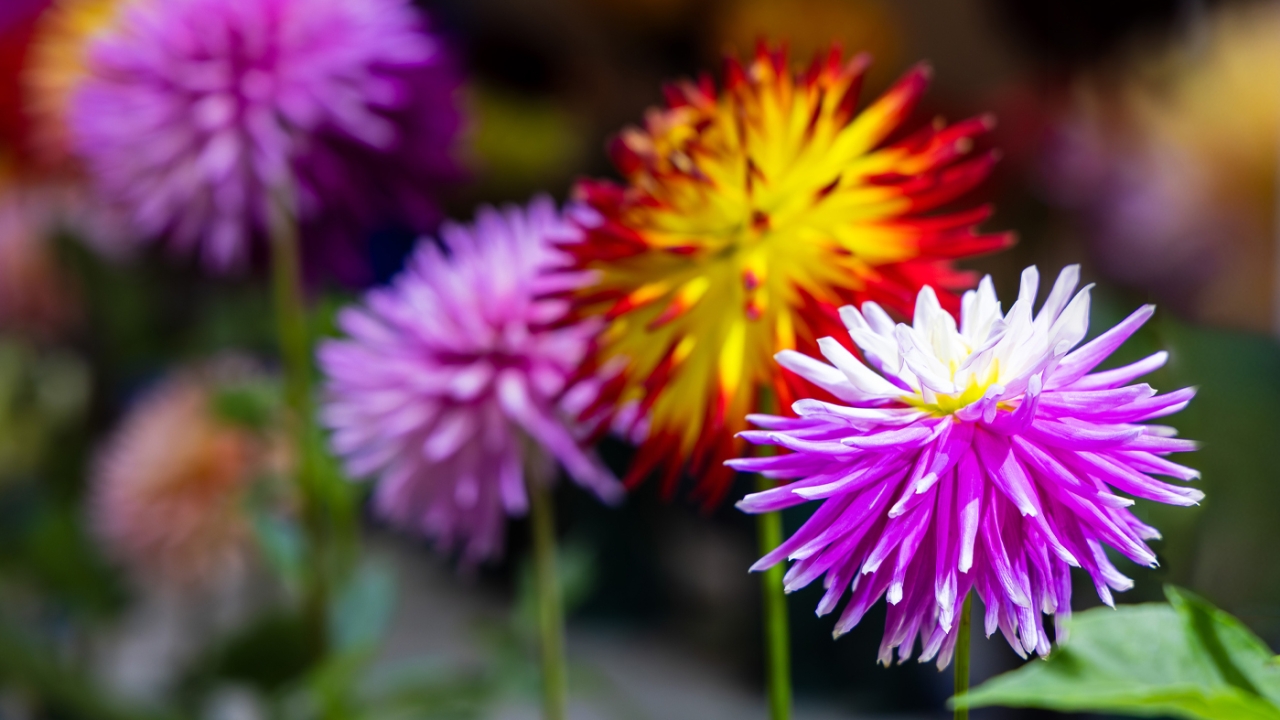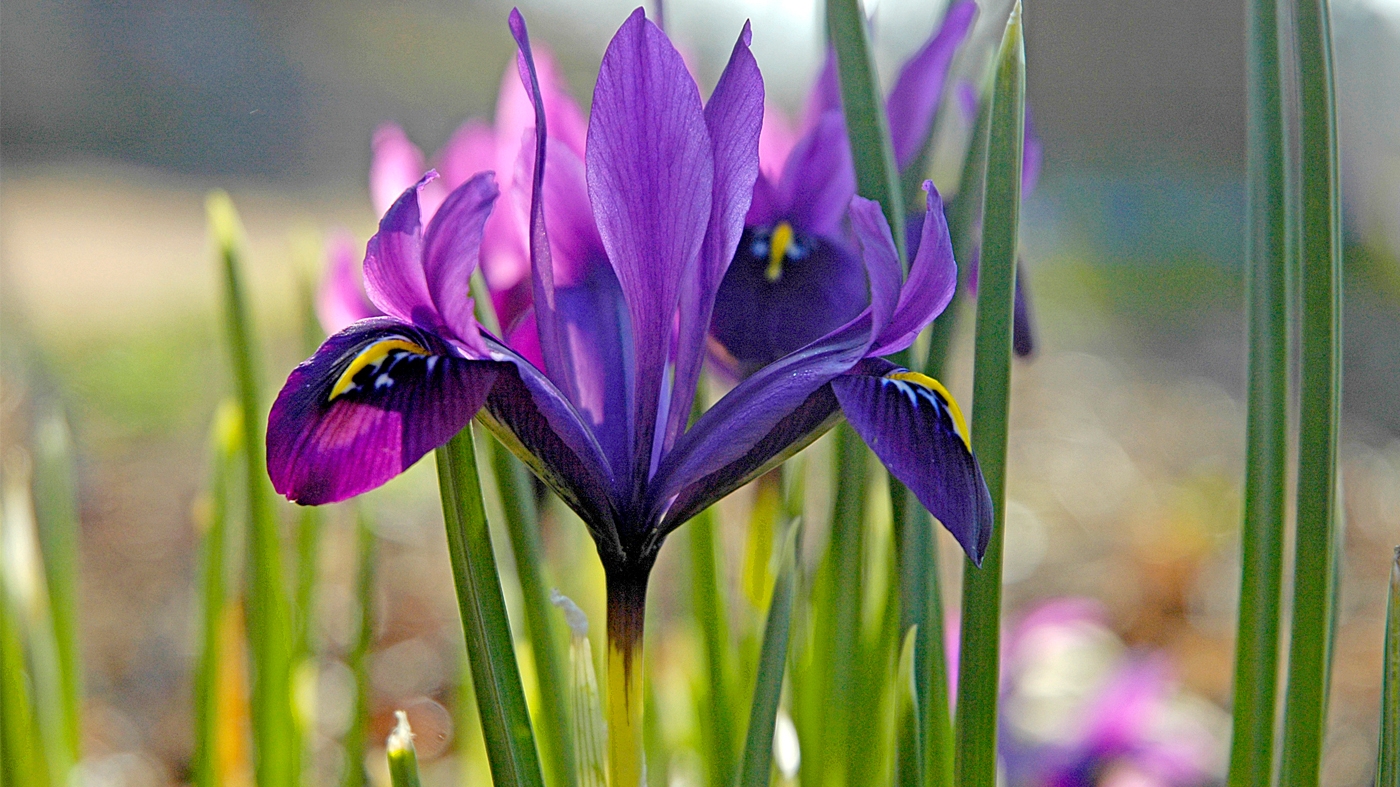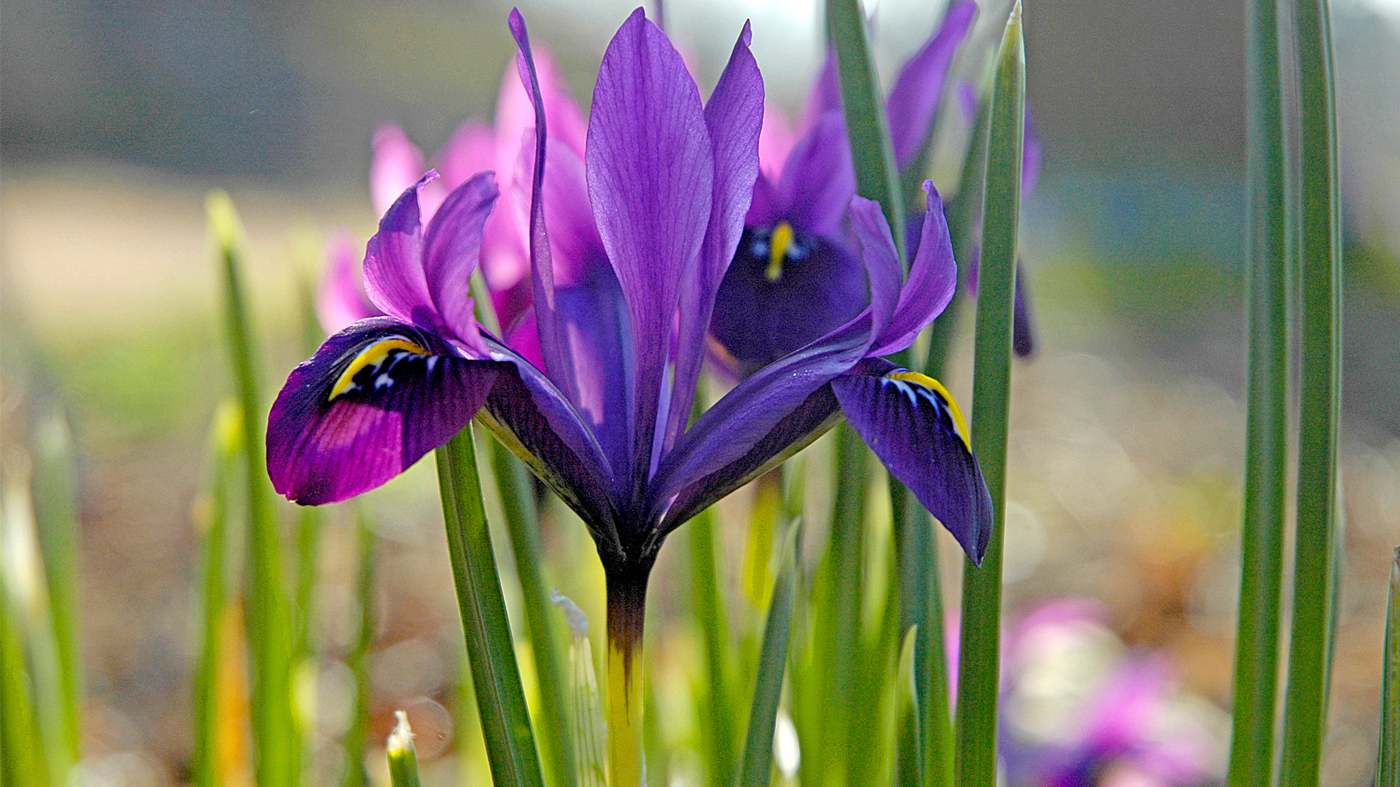

Smart Gardener
Use Them or Lose Them: The Plants in your Spice Cabinet
Of all the plants at your home, indoors or out, perhaps the most neglected are the powdered, chopped, bottled, and stoppered plants collectively known as the spice cabinet.
Tucked away behind a drawer or door front, this collection of dried plant leaves, flowers, seeds, and barks is a must-have in American kitchens: full spice racks are prized as wedding gifts and easy-to-access spice drawers are de rigueur in kitchen remodels.
Spices and herbs are every cook's link to the world of flavor—and the secrets to the world's great cuisines. Yet the out-of-sight, out-of-mind nature of the spice rack/cabinet means that many of us are working with outdated, past-their-prime products instead of fresh flavorings.
January is a great time for smart gardeners—and smart cooks—to assess, re-assort, assemble, and plan for a useful and powerful flavor arsenal.
Assess what you've got
In general, herbs are the "green" plant parts: the leaves, flowers, stems, or roots of green, non-woody plants.
Also in general, spices are the bark (usually from woody trees or shrubs) or seeds of plants.
You probably dove deeply into your spice cabinet in November and December, pulling out the cinnamon (a bark) and nutmeg (a seed) for cookies and baked goods or the sage and rosemary (both leaves) for meats and stuffings. But what lies deeper at the back of the cupboard?
The first thing to do is easy: pull everything out of the drawers and cupboards for a freshness exam.
- Check the jars and bottles as you pull them out. Are the lids cracked or broken? An airtight bottle is the key to freshness for stored herbs and spices. If it's not airtight, set it on the "discard" pile.
- Next, check for an expiration date on the bottle. Most major brands have them. General rules of thumb:
- Herbs (marjoram, chives) are best used within one year.
- Ground spices (allspice, cinnamon, etc.) start to lose aroma after 12 months, but will last two to three years.
- Whole leaves, seeds, and spices (bay, fennel, whole nutmeg) are best used within three to four years.
- Visually examine each bottle. Does the color look right? If it's lost color—for example, if the paprika looks pinkish tan or the parsley is less than bright green—it's probably lost flavor, too.
- Open the cap and sniff. Take a taste. Is the aroma and flavor powerfully rich and fresh? If not, it's time to move to the next step.
Re-assort and re-assemble
The next step is the most difficult to execute: edit and discard.
While it can feel painful to discard a still-half-full spice jar, it's important to use herbs and spices that aren't old and weak—your cooking will taste better for it, and the health benefits of each plant will still be intact (for instance, cilantro is high in vitamin K, and thyme is loaded with antioxidants). You can:
- Compost past-their-prime herbs and spices.
- Recycle the containers: glass spice bottles and jars are excellent for storing the seeds you'll harvest from your own garden next summer.
After you've edited, replenish only according to your true needs. Think about your current cuisine favorites: Are you craving Mexican food instead of Indian food these days? Then add ancho chili powder, and hold off on replacing the curry. When you are ready to replace, consider:
- Buying whole leaves and seeds, which last longer than crushed or powdered.
- Purchasing herbs and spices in small amounts to keep the freshness quotient high.
- Supporting local stores like the Spice House (in Chicago's Old Town or in Evanston) and Chicago's many ethnic grocery stores, which are more likely to stock consistently fresh herbs and spices.
Plan for fresh herbs
Of course, fresh herbs are the most desirable of all in the kitchen. Serious chefs know that an herb garden, whether pot or plot, is the best way to access the freshest ingredients possible.
January is the month to plan for your own herb garden, and to order seeds for the herbs you want to grow yourself. To help get you started, check out these inspirations/resources at the Garden:
- The informal herb garden's wheel-shaped layout, divided by low wattle fences, is an easy-to-duplicate inspiration for planning a kitchen garden.
- The Regenstein Fruit & Vegetable Garden's always-warm greenhouse is filled with herbs all year long.
- Our Lenhardt Library is a prime resource for books about designing and planting an herb garden.
- Also at the Library: an extensive collection of seed catalogs to peruse at your leisure. You might have read about it in this Smart Gardener, Better than Googling.
The eager-to-get-started will want to sow seeds early indoors, too—this Smart Gardener link has the how-tos: Fresh All Winter: Grow Herbs Indoors.
One final resource: Seed Swap at the Garden! Swap seeds and tips with other gardeners, and learn from experts. See you there!
Karen Zaworski was a garden writer and photographer.

